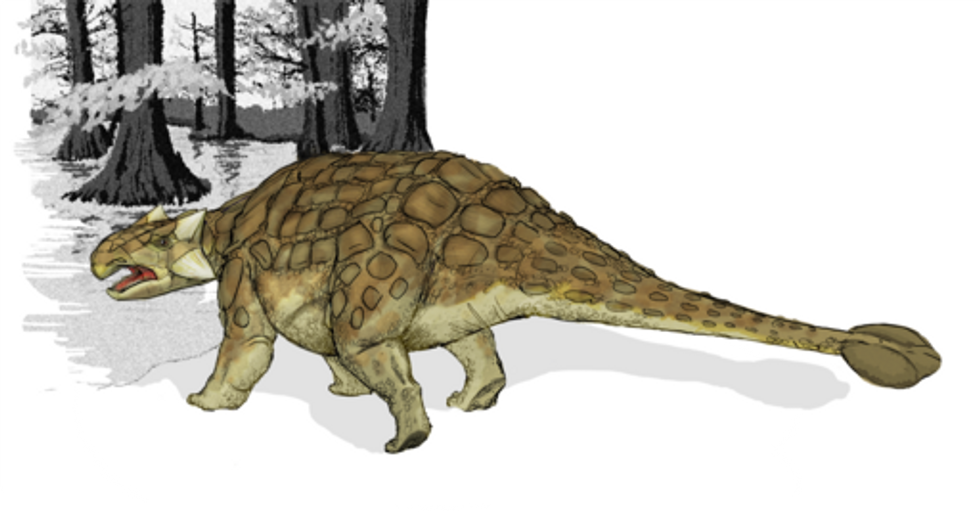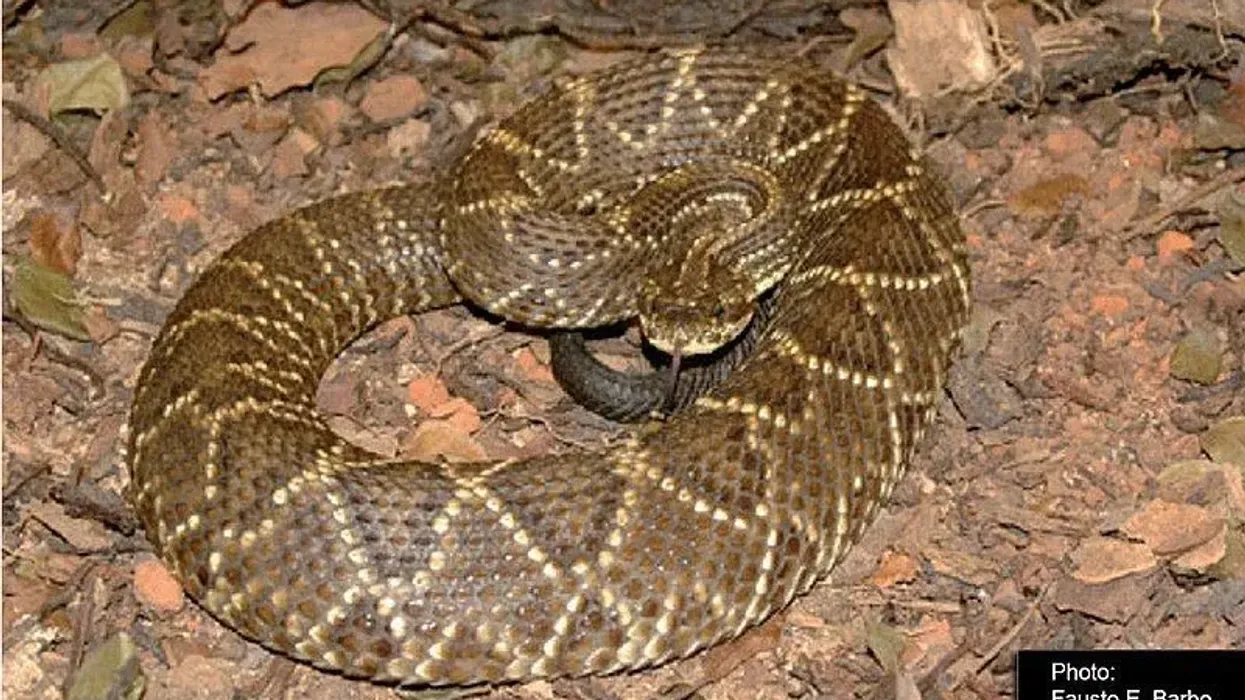There are different types of eels. They are unique sea creatures that can be found in the wild and are also raised commercially by people. The rubber eel is a worm-like animal that belongs to the legless amphibians.
There are about 155 known rubber eel species that live in Africa, Asia, New Zealand, and South America. The majority of them live in humid subtropical and tropical regions and rivers.
These eels are unique in their natural appearance and are low maintenance. Therefore, people kept these eels as pets in aquariums. Even their diet is very simple that includes the food items, such as worms, crustaceans, and fish.
The rubber eel (Typhlonectes natans), is a caecilian in the family Typhlonectidae. It has several other names including silica worm, caecilian worm, lesser caecilian, worm fish, and eelworm. This animal is not a real eel.
In fact, it is an amphibian. They are endemic to Venezuela and Colombia, where they are generally found in streams and lakes. This eel gives birth to live babies in water, after a gestation period of about 220 days.
If you wish to learn more about eels species, you can also check out these cutthroat eel facts and zebra moray eel facts.
Rubber Eel Interesting Facts
What type of animal is a rubber eel?
The rubber eel is a type of eel species from the family Typhlonectidae.
What class of animal does a rubber eel belong to?
The rubber eel is a caecilian species that belong to the class Amphibia and phylum Chordata.
How many rubber eels are there in the world?
The total population size of the rubber eel (Typhlonectes natans) is unknown.
Where does a rubber eel live?
Rubber eels live in Venezuela, Colombia, and Trinidad and Tobago. In October 2019, a specimen of Typhlonectes natans was discovered at a site in Miami, Florida. It is the primary caecilian to be found in North America.
What is a rubber eel's habitat?
The habitat of rubber eels includes subtropical or tropical moist shrublands, dry savanna, subtropical or tropical seasonally wet or flooded lowlands and grasslands, subtropical or tropical shrublands, and rivers. It is often kept as an aquarium pet in homes and shops and sometimes traded in aquarium stores.
In the wild and in aquariums, the species burrow in the sand, therefore require fine sand and gravel substrate.
It would be better to provide the caecilians various hiding places around the tank. These amphibians love driftwood, caverns, and even PVC tubes or pipes.
Who does rubber eel live with?
There is no information available on whether the rubber eel lives alone or in groups.
How long does a rubber eel live?
The life span of the rubber eel ranges between 5-20 years. This aquatic animal is susceptible to disease if its slime layer is separated by too much handling. However, in captivity, if kept well, the caecilian can live for a long time.
How do they reproduce?
Little is known about the reproduction of rubber eels. They are ovoviviparous amphibians, which means they give birth to young directly in the water.
Females hold their eggs within their bodies for about 220 days or seven months. On average, they give birth to up to seven baby eels at once.
The young are fully developed, which reach almost 50% the size of an adult, whose maximum length is 17.7-21.6 in (45-55 cm). These juvenile rubber eels are born with a rare, frilly gill that diminishes after a few breaths of air.
What is their conservation status?
The conservation status of rubber eels is listed as Least Concern by the IUCN (International Union for Conservation of Nature). These amphibians do not qualify for a more at-risk category as their distribution range is large and their population is abundantly present in their native regions.
Rubber Eel Fun Facts
What does the rubber eel look like?

Rubber eels range from 17.7-21.6 in (45-55 cm). The body color is dark gray to black.
Although T. natans has the ability to breathe air at the surface, maximum respiration occurs through its skin, just like other amphibians. It has small eyes hidden in the skin, hence close to being completely blind.
Therefore, it has to depend upon the sense of smell to forage around on the riverbed in search of food, such as worms that are not fast enough to escape. T. natans has smooth skin, but the female rubber eel occasionally has numerous small bumps all over its body.
The skin is systematized in ring-shaped segments, which provides it a worm-like appearance.
This aquatic caecilian has strong jaws with pointed teeth. Their body is laterally compressed at the end to facilitate swimming.
How cute are they?
With their long body, tiny eyes, and smiling mouths, aquatic caecilians are cute to watch.
How do they communicate?
Rubber eels shed their thin and transparent skin during the time of intense growth. Some rubber eels produce toxins to repel predators. Other than this, the ways in which they communicate are still unknown.
How big is a rubber eel?
The length of the rubber eel is 17.7-21.6 in (45-55 cm), which is 10 times larger or longer than koi.
How fast can a rubber eel swim?
The swimming speed of rubber eels is unknown.
How much does a rubber eel weigh?
The weight of rubber eels has not been identified.
What are the male and female names of the species?
No specific names have been used to describe the male or female.
What would you call a baby rubber eel?
The baby rubber eel is generally known as young.
What do they eat?
Rubber eels are carnivores. These eels are almost entirely blind and feed on foods like earthworms and bloodworms. Feeding is simple for those kept in aquariums, as they enjoy eating bloodworms, small fish, anchovies, and krill. Caecilians utilize their tentacles and a sense of smell to detect their prey.
Are they dangerous?
No, rubber caecilians are not dangerous animals.
Would they make a good pet?
Aquatic caecilians are good pets and are easy to find online. Keeping a rubber eel as a pet is quite easy as they do not require special care like other pet fish.
Did you know...
The scientific name 'caecilian' has been derived from the Latin word 'ceacus,' which means 'blind'. Kuhli loaches are the smallest freshwater eel.
Rubber eel care
Rubber eels are amphibians are simple to keep. They can't be kept with small fishes, as they will feed on them.
Also, avoid keeping with feisty fish. The tank should have a tight-fitting lid, as these eels will try to escape if they find any exit. It is deadly for the eels if they remain for an hour without water, as they do not possess gills.
These animals actually breathe air through their skin. Sand or thin gravel is the perfect substrate for these caecilians, as they enjoy under the burrow.
Rubber eel tank size and tank mates?
Rubber eels (Typhlonectes natans) are easy to keep around active, small fish. These fish should not be the ones that eat slimy coats since the rubber eels definitely have slimy skin.
The rubber eel's tank mates should not be aggressive. The recommended tank size for these amphibians is a 10+ gallon tank for juveniles, whereas for adults is a 55 gal (208.2 l) tank. The water temperature should be between 78-82 ℉ (25.5-27.7 ℃) and the pH must be acidic.
Here at Kidadl, we have carefully created lots of interesting family-friendly animal facts for everyone to discover! For more relatable content, check out these sand eel facts and purple spaghetti-eel facts for kids.
You can even occupy yourself at home by coloring in one of our free printable rubber eel coloring pages.









